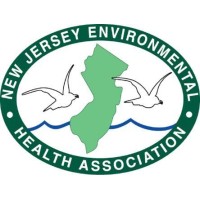
New Jersey Environmental Health Association
The mission of the New Jersey Environmental Health Association is to support the professional growth of environmental health specialists, provide a unified and informed voice in the development of public health practice and policy, and enhance the ability of members to aptly promote environmental and public health locally, regionally and globally.






